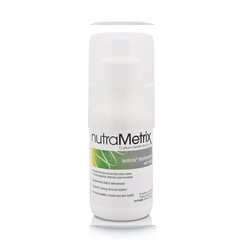
How to Choose a Multivitamin
While it’s generally agreed that a balanced diet is the best foundation for health, some studies suggest that to receive the required amounts of all vitamins and minerals we would need to consume approximately 3,000 calories worth of very specific fruit and vegetable combinations on a daily basis. For anyone who is not free to cook—and eat—for the majority of the day, this is not a viable option.
For these reasons among others, it’s no surprise that a study conducted by The Council for Responsible Nutrition shows that a daily multivitamin is the first choice among dietary supplements. Adding to healthy eating with the missing vitamins and minerals not only helps prevent deficiencies related to disease; it also promotes optimal performance in everyday life. As a result, multivitamin supplementation continues to increase, as do the available choices. When it comes to making the right choice, the following points will provide solid guidance.
- Most multivitamins will contain approximately 100 percent of the RDA recommendations for 20-25 individual nutrients—in general, the most important of these are the B-complex vitamins, Vitamin D and Vitamin E, and these can certainly be present in higher amounts.
- Biotin is critical for B-complex absorption, but is often included in minimal amounts for reasons of cost—a quality multivitamin will contain 100 percent of the RDA.
- Zinc is regarded as increasingly important in recent studies, and obtaining the entire RDA from food can be challenging; a quality multivitamin should contain approximately 50 percent of the RDA to make up the difference.
- Iodine helps to ensure proper thyroid function, which is foundational to proper metabolism—a sound multivitamin formula will contain 100 percent of the RDA.
- Despite debate about iron supplementation, it is almost certainly advisable for pre-menopausal women; their RDA is set at 18mg, while men require 8mg.
- Selenium has demonstrated particular potential for men’s health, specifically prostate function, but intake must be moderate, regardless of gender—a balanced formulation will contain 75 to 100 percent of the RDA.
All of the above, however, will definitely prove useful in selecting a good general-purpose multivitamin. In times when many of us find ourselves struggling to reach the top of the food pyramid, this simple measure can deliver a much-needed nutritional boost.
Posted by Scientific Affairs on 7/19/2012 at 11:45 AM

 RSS Feed
RSS Feed
